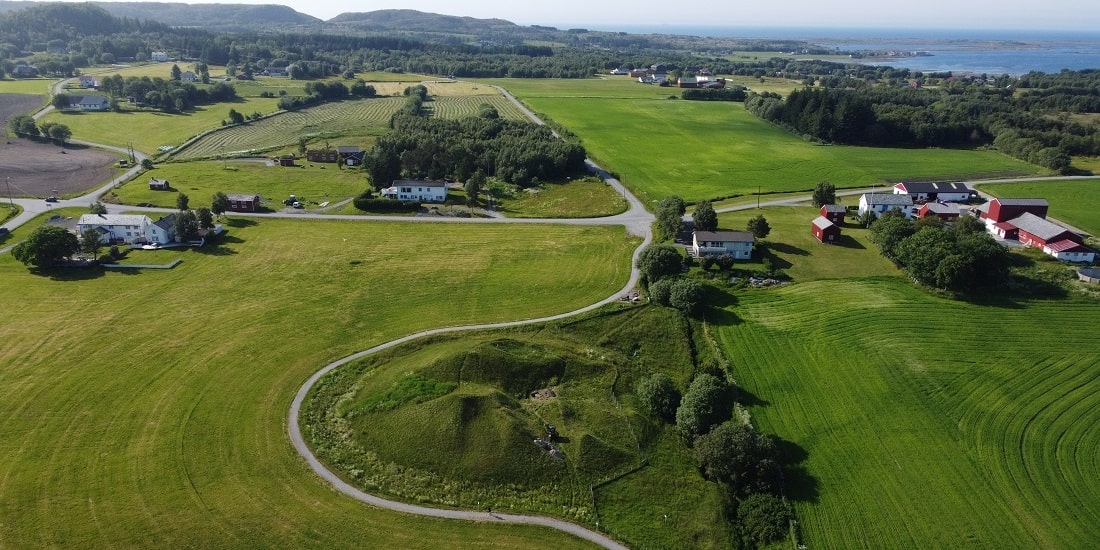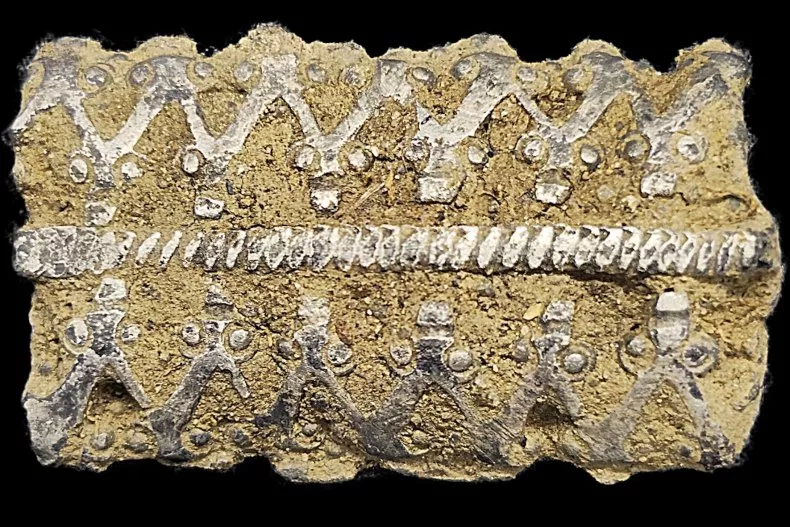
Sutton Hoo has been home to some of the most amazing discoveries from Early Medieval England. Now, archaeologists have uncovered the remains of a 1400-year-old, possible pre-Christian temple in the same area.
The discovery was made this summer near the village of Rendlesham in southeastern England, as part of digs conducted by Suffolk County Council’s Rendlesham Revealed community archaeology project. This comes from the same project that last year uncovered the remains of a large timber Royal Hall, confirming the location as a royal settlement of the East Anglian Kings.
This year’s excavations also uncovered evidence of fine metalworking associated with royal occupation, including a mould used for casting decorative horse harnesses similar to that known from the nearby princely burial ground at Sutton Hoo. The royal compound was found to have been more than twice the size that was previously thought, bounded by a 1.5 kilometre-long perimeter ditch that enclosed an area of 15 hectares (the equivalent to about 20 football pitches).
Read the rest of this article...





